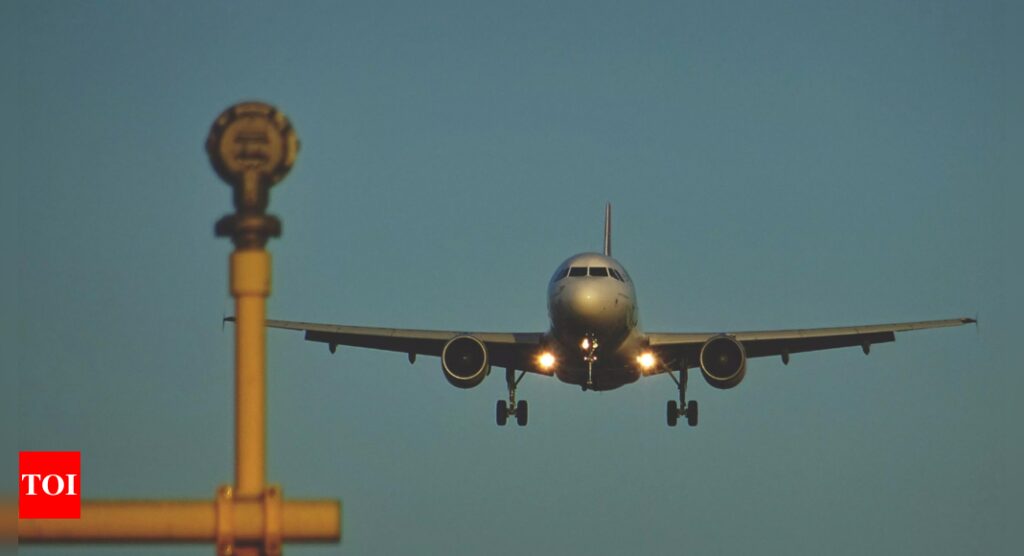coffee price in Vietnam: Key Factors Influencing Futures, Business News

Business new tamfitronics
Did you know that Vietnam is the world’s second-largest coffee producer? As global demand for coffee continues to rise, understanding the factors that influence coffee prices in Vietnam becomes crucial for traders and investors alike.
USA – June 16, 2024 —

Factors Influencing Coffee Prices in Vietnam
Domestic Factors:
coffee price in Vietnam: Key Factors Influencing Futures; The price of coffee in Vietnam is influenced by a variety of domestic factors, primarily weather and climate conditions, production costs, and government policies. Vietnam’s cofvfee-growing regions, particularly the Central Highlands, are highly susceptible to weather patterns. Adequate rainfall is essential for coffee cultivation, while droughts can severely reduce yields, leading to price hikes. For instance, on March 26, Vietnam’s agriculture department projected that Vietnam’s coffee production in the 2023/24 crop year could drop by 20% to 1.472 million metric tons (MMT), the smallest crop in four years, due to drought. Additionally, the cost of production, including labor, fertilizers, and other inputs, plays a critical role. Rising labor costs or increases in the price of agricultural inputs can drive up production costs, subsequently affecting coffee prices. Government policies and subsidies also impact the market, as support programs for farmers or changes in export regulations can influence both production levels and market stability.
Global Factors:
On the global stage, international demand and supply dynamics are pivotal in shaping Vietnamese arabica and robusta coffee beans prices in Vietnam. Fluctuations in global coffee consumption, driven by changing consumer preferences in key markets such as the United States and Europe, can significantly impact demand. A surge in global demand can lead to higher prices, while a drop can have the opposite effect. Additionally, the supply of coffee from other major producing countries like Brazil and Colombia affects global prices. If these countries experience high yields, the resulting oversupply can depress prices, impacting Vietnamese coffee competitiveness. Moreover, Marex Group Plc has forecasted a global deficit of 2.7 million bags of robusta coffee for the 2024/25 season due to reduced output in Vietnam, highlighting how production issues in Vietnam can have far-reaching effects on the global market.
Exchange rates and international trade policies further complicate the pricing landscape. The exchange rate between the Vietnamese dong and major currencies like the US dollar can influence the profitability of coffee exports. A weaker dong makes Vietnamese coffee cheaper and more attractive on the global market, potentially boosting demand and prices. Conversely, unfavorable exchange rate movements can reduce profit margins. International trade policies, including tariffs and trade agreements, also play a significant role. Tariffs can increase costs for exporters, while trade agreements can either enhance or hinder market access, thus affecting coffee prices. Competition from other coffee-producing nations also adds pressure, as countries vie for market share, influencing global supply and demand dynamics and, consequently, prices. Furthermore, the Vietnam Coffee Association projected that Vietnam’s 2023/24 coffee exports could drop by 20% year-over-year to 1.336 million metric tons, exacerbating supply shortages and contributing to higher global coffee prices.
El Nino weather event effect on coffee production
This past year’s El Nino weather event is bullish for coffee prices. An El Nino pattern typically brings heavy rain to Brazil and drought to India, negatively impacting coffee crop production. The El Nino event has brought drought to Vietnam’s coffee areas this year, according to an official from Vietnam’s Institute of Meteorology, Hydrology, and Climate Change.
In a bearish factor, the International Coffee Organization (ICO) projected on December 5 that 2023/24 global coffee production would climb +5.8% y/y to 178 million bags due to an exceptional off-biennial crop year. ICO also projects global 2023/24 coffee consumption will rise +2.2% y/y to 177 million bags, resulting in a 1 million bag coffee surplus.
The USDA’s Foreign Agriculture Service (FAS), in its biannual report released on December 21, projected that world coffee production in 2023/24 will increase +4.2% y/y to 171.4 million bags, with a +10.7% increase in arabica production to 97.3 million bags, and a -3.3% decline in robusta production to 74.1 million bags. The USDA’s FAS forecasts that 2023/24 ending stocks will fall by -4.0% to 26.5 million bags from 27.6 million bags in 2022-23. The USDA’s FAS projects that Brazil’s 2023/24 arabica production would climb +12.8% y/y to 44.9 mln bags due to higher yields and increased planted acreage. The USDA’s FAS also forecasts that 2023/24 coffee production in Colombia, the world’s second-largest arabica producer, will climb +7.5% y/y to 11.5 mln bags.
Contact Info:
Name: Media relation
Email: Send Email
Organization: Global coffee prices
Website: https://www.barchart.com/story/news/25546832/global-coffee-crop-concerns-send-prices-soaring
Release ID: 89132853
Should you detect any errors, issues, or discrepancies with the content contained within this press release, or if you need assistance with a press release takedown, we kindly request that you inform us immediately by contacting [email protected] (it is important to note that this email is the authorized channel for such matters, sending multiple emails to multiple addresses does not necessarily help expedite your request). Our expert team will be available to promptly respond and take necessary steps within the next 8 hours to resolve any identified issues or guide you through the removal process. We value the trust placed in us by our readers and remain dedicated to providing accurate and reliable information.
Discover more from Tamfis Nigeria Lmited
Subscribe to get the latest posts sent to your email.



 Hot Deals
Hot Deals Shopfinish
Shopfinish Shop
Shop Appliances
Appliances Babies & Kids
Babies & Kids Best Selling
Best Selling Books
Books Consumer Electronics
Consumer Electronics Furniture
Furniture Home & Kitchen
Home & Kitchen Jewelry
Jewelry Luxury & Beauty
Luxury & Beauty Shoes
Shoes Training & Certifications
Training & Certifications Wears & Clothings
Wears & Clothings
















